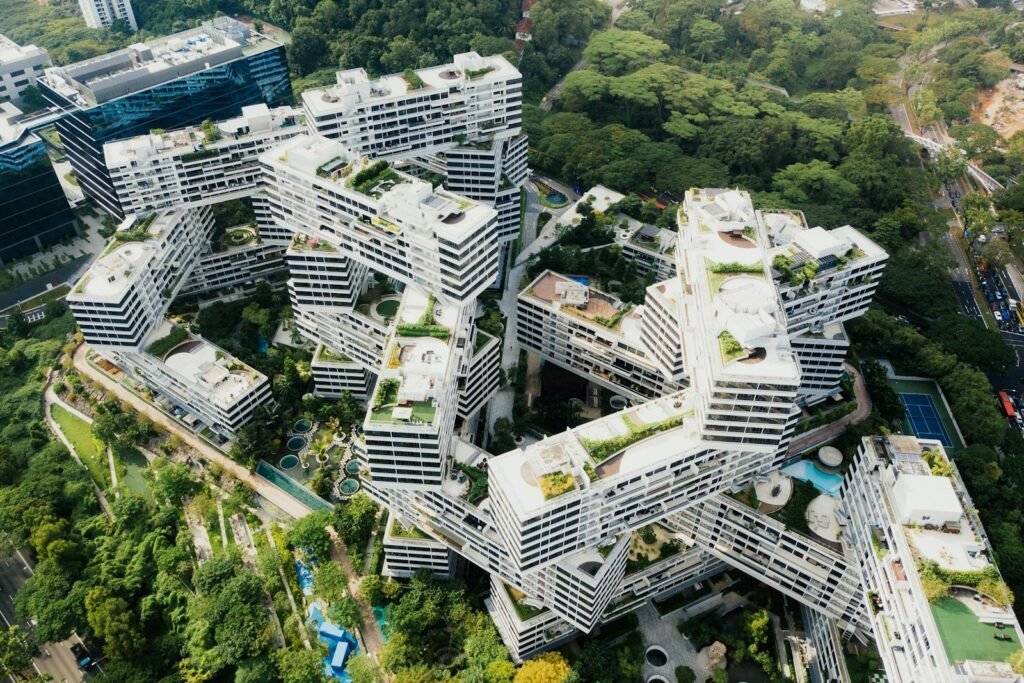Imagine stepping out onto the roof of a skyscraper, not to gaze at cold concrete or endless glass, but to find yourself surrounded by a lush, vibrant rainforest. The air is thick with the scent of wet earth and greenery. Birds flit between fruiting trees overhead, and rare orchids bloom at your feet. In the heart of one of the world’s most densely populated cities, nature is reclaiming the skyline. This isn’t a distant dream—it’s Singapore’s bold reality. Against all odds, this city-state is transforming rooftops into living rainforests, weaving biodiversity back into urban life and redefining what it means to “grow local.”
The Vision: Turning Gray Into Green
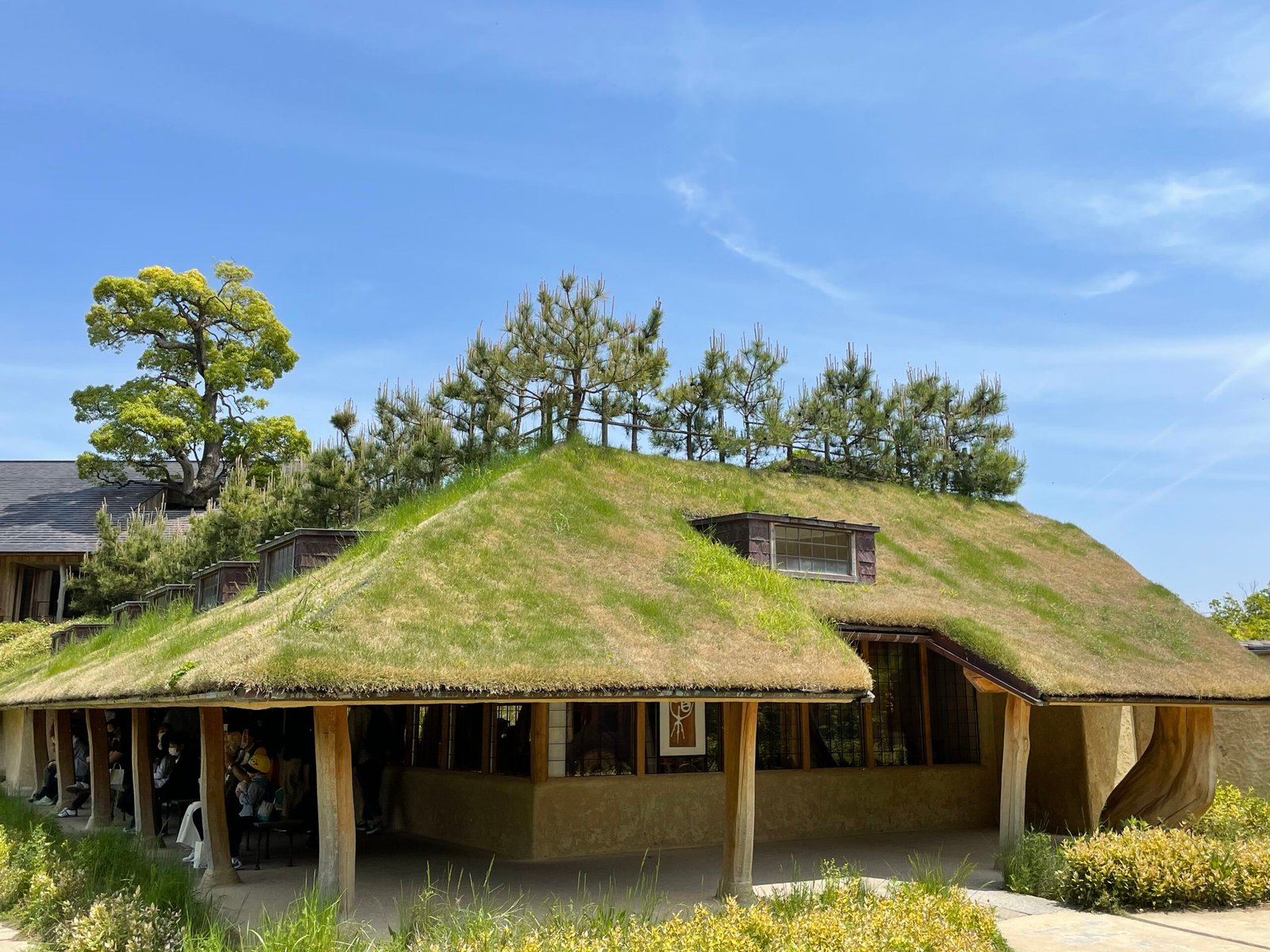
Singapore’s journey toward urban rainforests began with a daring vision: to become a “City in a Garden.” The leaders and citizens didn’t just want more parks; they imagined entire ecosystems thriving above the bustle. The city’s relentless development had once pushed nature to the margins. Now, planners and architects see every rooftop as a new canvas for life. From shopping malls to office towers, green roofs are sprouting everywhere. These living layers are more than decorative—they’re ambitious experiments in reconnecting a city with its ecological roots.
The Science Behind Rooftop Rainforests
Transforming a concrete rooftop into a rainforest isn’t just about planting a few trees. It’s a scientific endeavor that blends ecology, engineering, and climate research. Urban ecologists study which native plants can thrive in shallow soil and withstand rooftop winds. Engineers design lightweight soil mixes and innovative irrigation systems that mimic tropical rainfall. Researchers monitor temperature, humidity, and biodiversity, gathering data to refine these living systems. The goal is not just survival, but the recreation of complex rainforest habitats—layered, self-sustaining, and teeming with life.
Reviving Native Species in the Sky
Singapore’s rooftop gardens are not filled with generic greenery. Instead, they showcase an astonishing array of native rainforest species—some of which had become rare in the wild. Towering Shorea trees, delicate rotan palms, and vibrant pitcher plants now find new homes above the city. By bringing these species back, Singapore is restoring lost genetic diversity and giving endangered plants a second chance. Local botanists are thrilled to see rare orchids and ferns thriving just steps away from busy urbanites, proving that conservation can flourish in the unlikeliest places.
Wildlife Returns to the Urban Jungle

It’s not just plants that are making a comeback. These rooftop rainforests are attracting a surprising variety of wildlife. Sunbirds sip nectar from flowering trees, butterflies flutter through the undergrowth, and native bees pollinate blossoms. Even elusive creatures like the emerald green whip snake have been spotted weaving through rooftop foliage. By creating corridors of green high above ground, Singapore is giving birds and insects new migratory pathways. For city dwellers, the chance to witness wildlife up close is nothing short of magical.
Cooling the City, One Roof at a Time
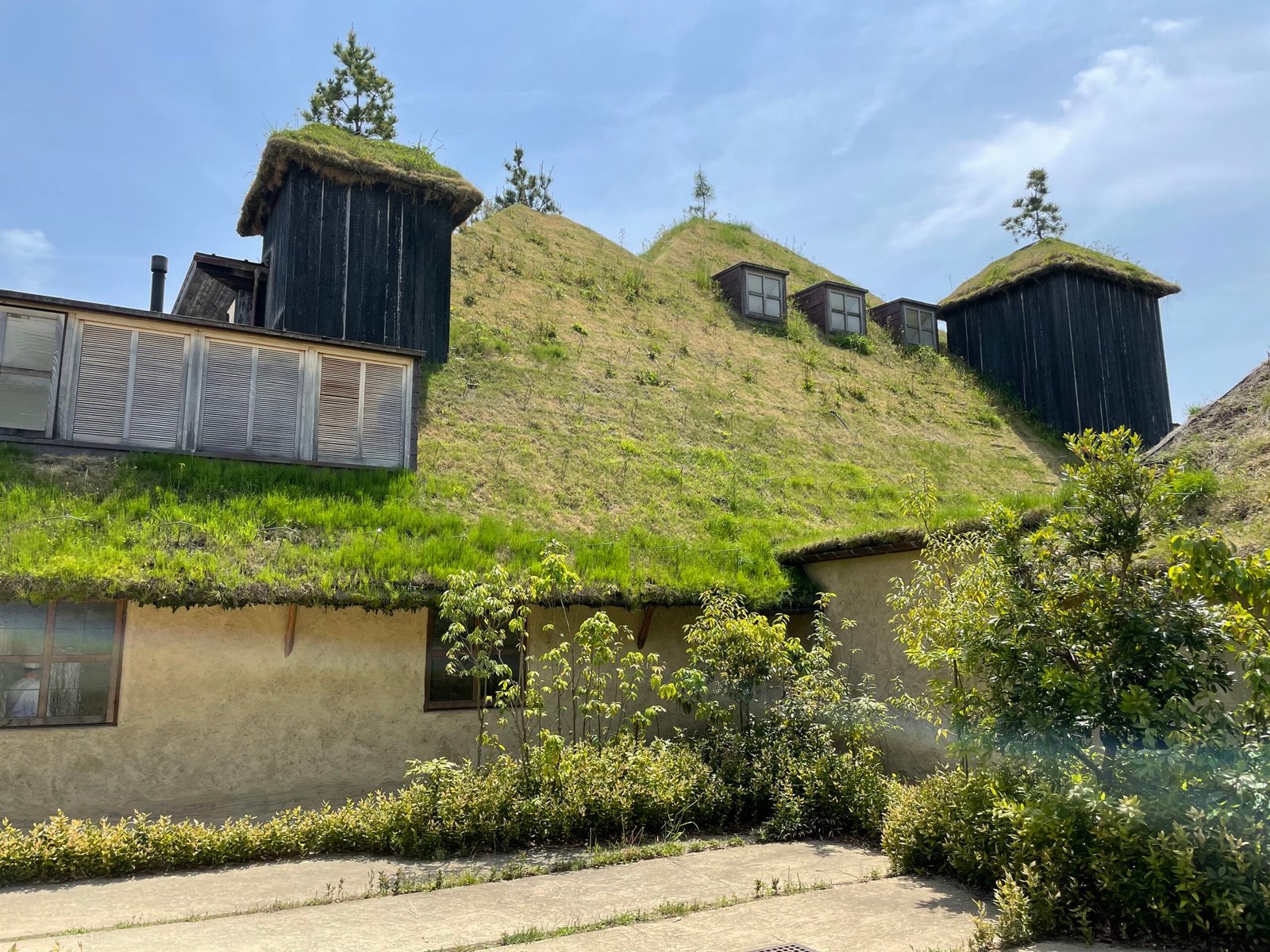
Singapore’s tropical climate is famously hot and humid, and its concrete-heavy landscape only amplifies the heat. Rooftop rainforests offer a natural solution to the urban heat island effect. The dense vegetation provides shade, cools the air through evaporation, and insulates the buildings below, slashing energy usage and emissions. Recent studies show that some green roofs can lower rooftop temperatures by as much as 10°C (18°F). As climate change intensifies, these living canopies are proving to be a vital defense against rising temperatures.
Harvesting Local Food in the Sky
Rooftop rainforests aren’t just about beauty and biodiversity—they’re also becoming a source of fresh, hyper-local food. Edible plants like pandan, curry leaf, and even native fruits are being cultivated alongside rainforest trees. Some buildings now host community gardens where residents harvest vegetables, herbs, and medicinal plants. This movement toward local food production is helping Singapore reduce its reliance on imports and empowering communities to reconnect with traditional ingredients. The rooftop harvest brings families and neighbors together in ways that echo the kampong spirit of old.
Designing for People and Planet
Singapore’s rooftop gardens are carefully designed to serve both people and nature. Walking paths wind through dense foliage, offering city dwellers a much-needed escape from stress and noise. Benches invite quiet reflection beneath the shade of tropical trees. Educational signs and guided tours teach visitors about the unique plants and animals they encounter. By turning rooftops into accessible green spaces, Singapore is promoting mental health, fostering environmental awareness, and inspiring a new generation of nature lovers.
Innovative Technology Fuels Growth
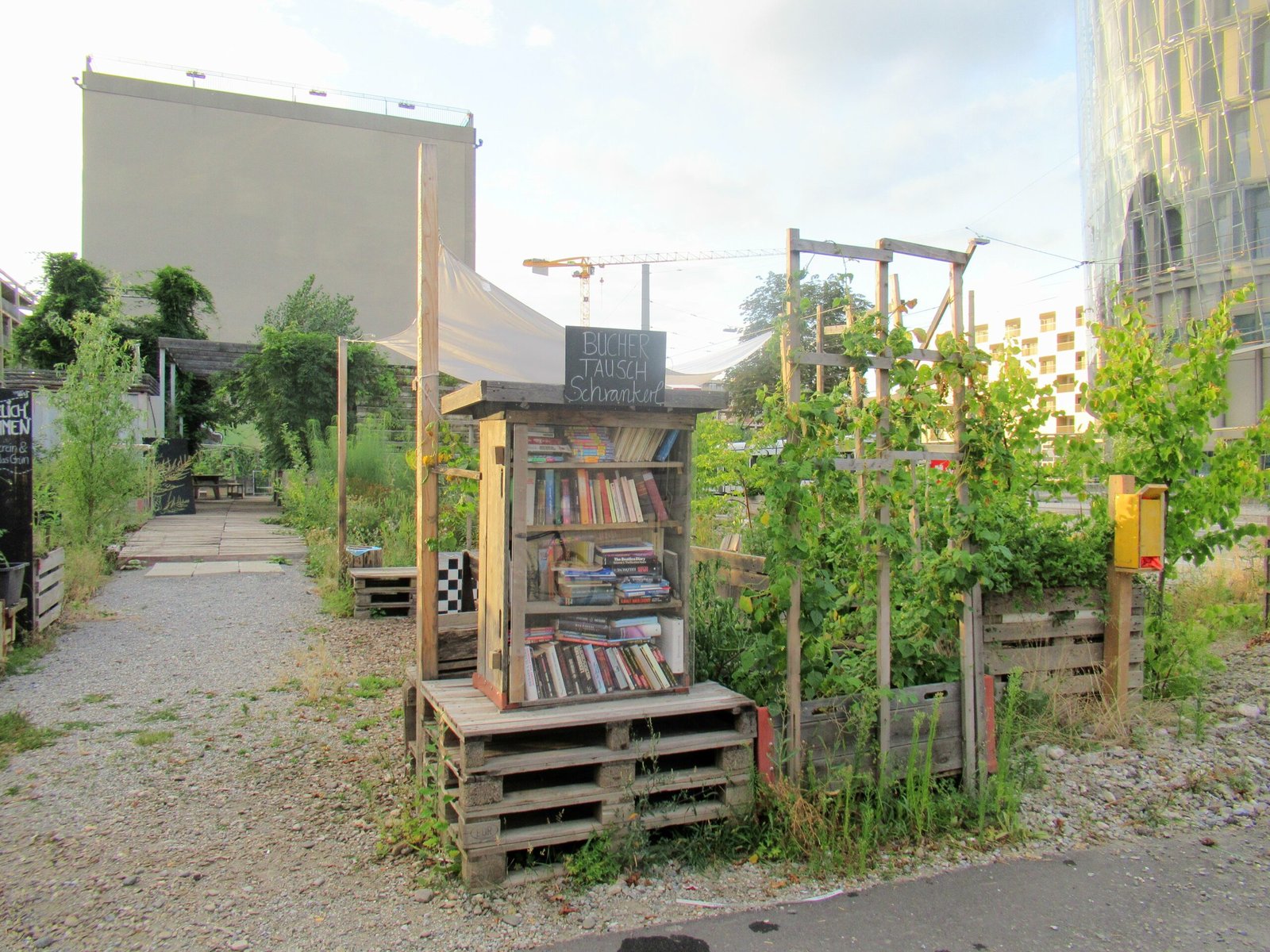
None of this would be possible without cutting-edge technology. Automated irrigation systems deliver just the right amount of water, while sensors track plant health and soil conditions in real time. Drones help monitor hard-to-reach corners of rooftops and spot any signs of disease or stress. Smart lighting systems mimic natural sunlight cycles, supporting delicate understory plants. These innovations ensure that even the most challenging rooftop environments can host thriving rainforests, making large-scale urban greening feasible and sustainable.
Community Involvement and Ownership
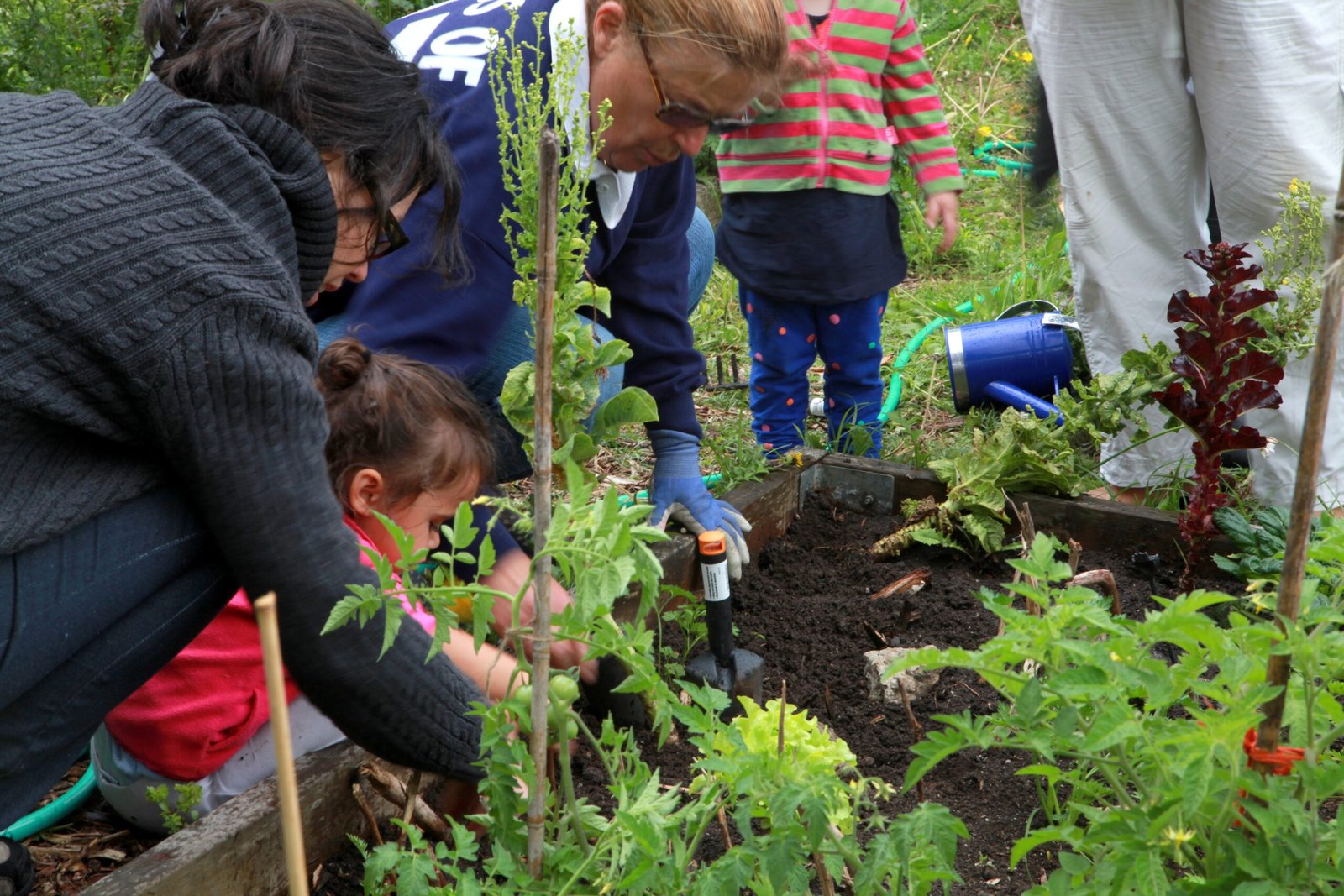
One of the most inspiring aspects of Singapore’s rooftop rainforest movement is the way it has engaged the community. Residents, students, and volunteers regularly participate in planting days, biodiversity surveys, and maintenance activities. Schools use rooftop gardens as outdoor classrooms, giving children hands-on lessons in ecology and sustainability. Local artists and musicians are even invited to create performances inspired by these sky-high jungles. This shared stewardship builds a sense of pride and belonging, reminding everyone that nature is not just a luxury, but a collective responsibility.
Challenges and the Road Ahead
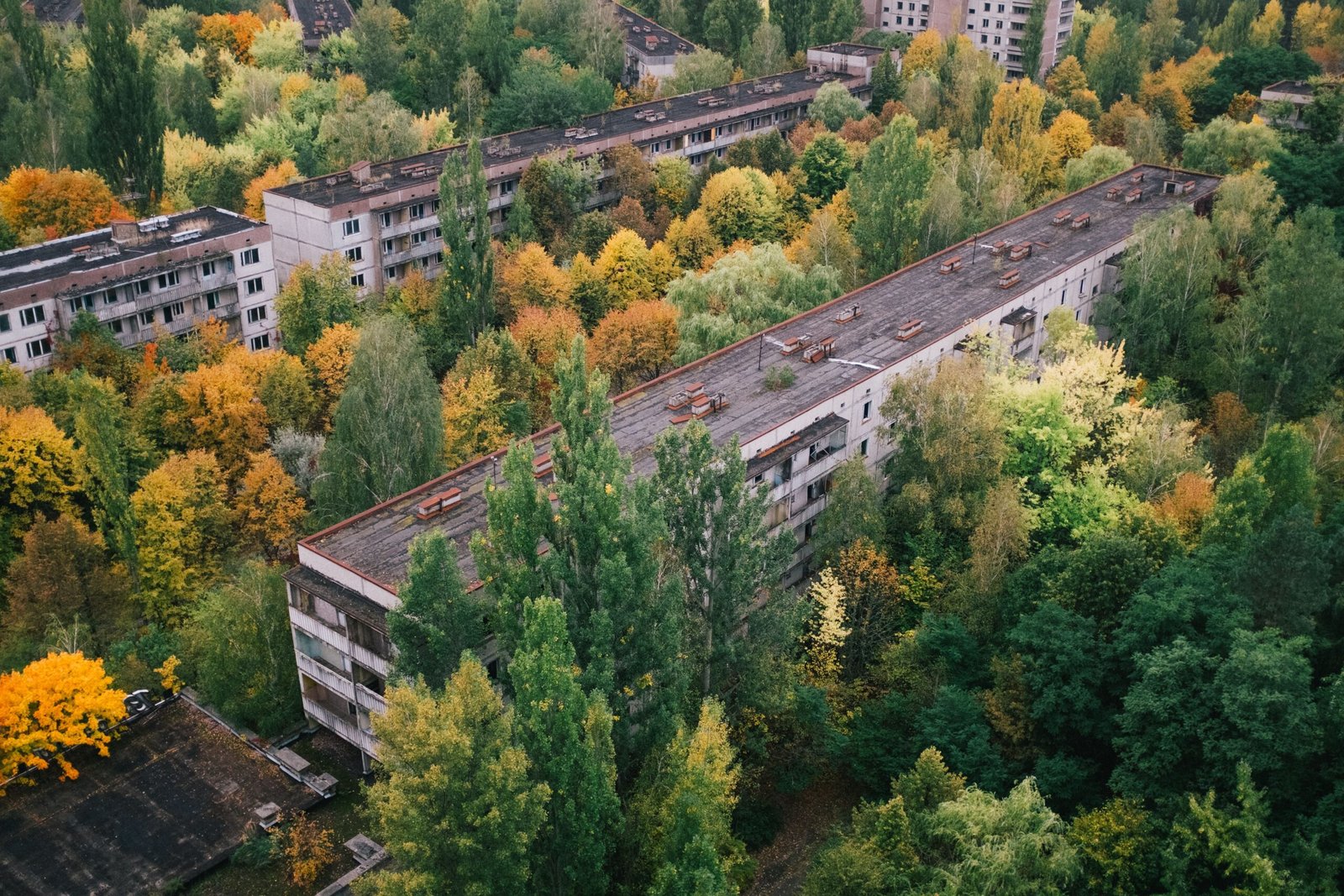
Despite remarkable successes, creating rooftop rainforests comes with real challenges. High winds, limited soil depth, and harsh sun can stress even the hardiest plants. Maintenance requires careful planning and ongoing investment. There are also questions about how to scale these efforts across older buildings or in less affluent neighborhoods. Yet, Singapore’s commitment remains strong. Research continues, and new pilot projects aim to refine techniques and expand access. The vision is clear: a future where every building, new or old, can play a part in restoring the rainforest canopy, one rooftop at a time.
Singapore’s rooftop rainforests offer a powerful reminder that cities need not be the end of nature, but its bold new beginning. As the world’s urban population grows, perhaps the greatest hope for biodiversity lies not just in distant reserves, but high above our heads, where forests touch the clouds and communities rediscover what it means to grow local. What would your city look like if its rooftops blossomed into rainforests?

